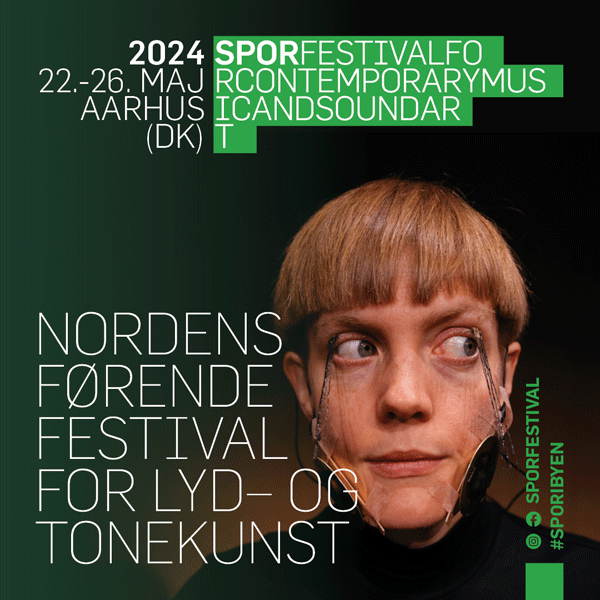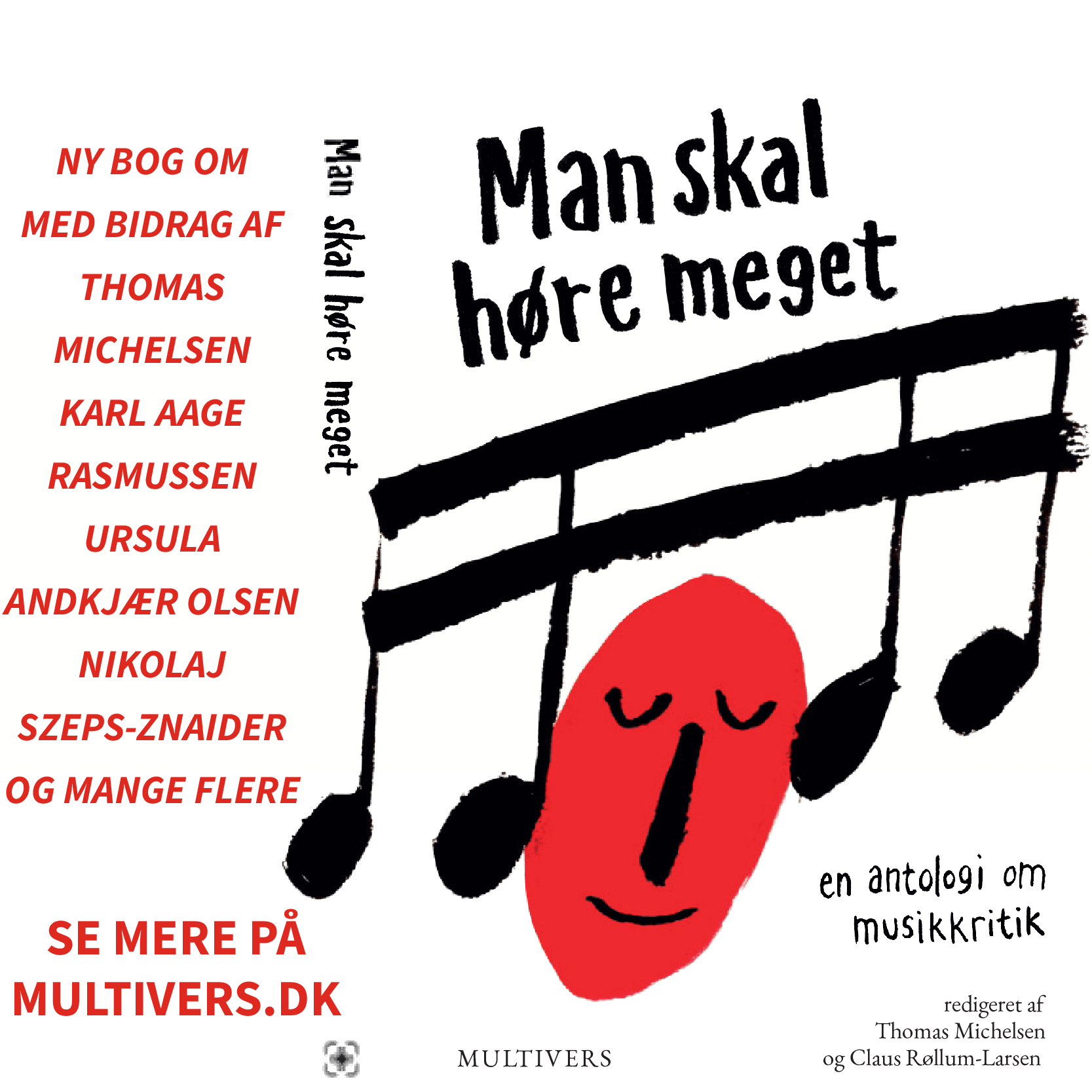The Bridge and the Stones
Who'd ever dream of a concerto for timpani? The Oslo Philharmonic. Rolf Wallin tells how he bridged a gap from silence to hurricane
By Rolf Wallin
When the Oslo Philharmonic Orchestra asked me to write a concerto for timpani, I reacted as I guess most composers would do: How on earth can I write a solo concerto for an instrument with so many limitations? Pitchwise, a kettledrum covers less than two octaves. And although pedals have made fairly fast retiming possible, a free and fluid melodic composition is physically impossible. Moreover, the instrument would seem to lack the sine qua non for a solo concerto: an emotionally-charged voice.
My final acceptance of, and enthusiasm for, the Oslo commission may have stemmed from these very same limitations. For the fact is, I have always had problems with the concept of the solo concerto. I've regarded it as an egocentric residue of the Romantic era, where the task of the orchestra is to highlight the brilliant ego of the soloist.
On the other hand, I've always been fascinated by the timpanist's role in the classical orchestra, as an alternative power center in the implicit hierarchy -a sort of "anti-hero." The kettledrum has a tremendous dynamic span, from the overwhelming to the hardly audible, and it has another quality I value highly, both in people and instruments: a refreshing absence of sentimentality.
Marco Polo describes a bridge, stone by stone:
"But which is the stone that supports the bridge?" Kublai Khan asks.
"The bridge is not supported by this stone or another," Marco answers, "but by the line of the arch that they form."
Kublai Khan remains silent, reflecting. Then he adds: "Why do you speak of the stones? It is only the arch that matters to me."
Polo answers: "Without stones, there is no arch."
I read this passage from the novel "Invisible Cities," by Italo Calvino, in the middle of writing the concerto, and it struck me that this was what the piece was all about: The interdependence between every little musical event and the underlying form; how one cannot exist without the other.
The form of the Timpani Concerto resembles such a bridge, or arch. After a short, hectic introduction, a discharge to a point zero from where anything can happen, a slow build-up starts, pointing towards the equally hectic final bars. The bridge is not exposed in one coherent span, but all the parts are there, in nonlinear order, as in a Cubist painting.
And the metaphor carries on into the microplane: this span is formed by a limited, but varied, selection of small musical building blocks. On a local level, they form a complex and continuously changing pattern, but seen as a whole, they constitute a simple form, a bridge from absolute silence to a hurricane of sound.

